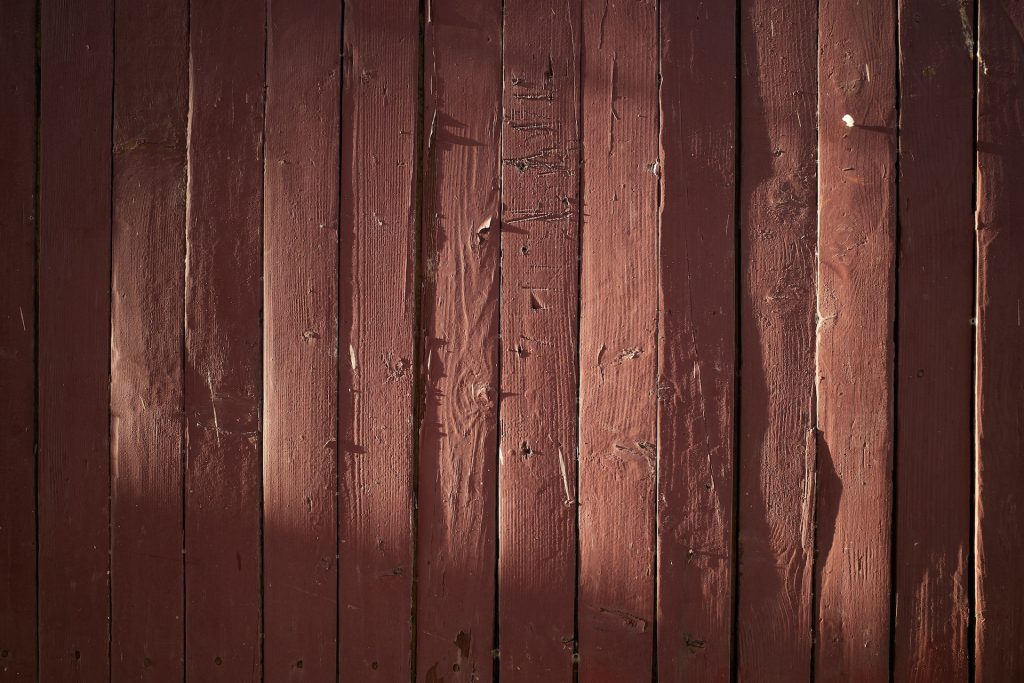If you’re having a wooden fence built – or building one yourself – you may be wondering about longevity. If you’ve had trouble with wooden fences before, it’s smart to look out for prevention methods from the get-go. So how about splintering? Is there a way to prevent a wooden fence from splintering? After all, no one likes getting a sliver of wood stuck in their hand when going through the back gate! Here are some ways to prevent splintering in your new wooden fence.
Sealing Your Fence
The first way to prevent your wooden fence from splintering is by sealing the wood. This can be done in one of two ways: board by board, before construction, or after construction. Sealing a wooden fence with a sealant does a few things. To start, it protects your fence from all kinds of damage. In fact, some sealants can prevent mold, mildew, and rot. Another thing sealant does is it strengthens the wood. This can keep it from splintering as easily. However, it’s not a foolproof method.
Painting Your Fence
If you hate getting splinters from your wooden fence, there’s a pretty foolproof method to keep your hands safe: painting your fence. Putting on a few coats of paint completely covers the wood, rendering small slivers of wood completely obsolete. Therefore, if you want to virtually guarantee your fence is splinter-free, buy yourself some mold-resistant, water resistant paint.
When painting your fence, something you want to be aware of is doing the job right. Painting a fence wrong can lead to the entire fence becoming a disaster, both visually and technically. Be sure to paint your fence when the weather is warm and dry, if at all possible. Leave each coat to dry thoroughly before adding on another coat. Don’t just wait a few hours. Leave each coat to dry for at least a day.
High Quality Wood Choices
If you don’t want your fence to splinter, do some research on different wood types. There’s rarely a kind of wood that can’t be used for building a fence. But, every type of wood is different and has different qualities. If your fence remaining in one piece and lasting for years to come is a huge factor for you, find some wood that’s less prone to breaking, splitting, splintering and so on. It might cost more, but it may just be worth it.
Construction Tips
If you want your fence to hold up well and you really don’t want splinters when using it, construction matters. There are a few ways to minimize splintering risks during the construction process.
For one thing, be sure to sand out any rough spots on the boards being used. That includes things like knot holes. Sanding the inside of a hole like that will remove the sharp edges and make them unlikely to splinter. Be sure to round off the edges of your boards – at least the ones you’ll use near and for gates.
Finally, if you find yourself getting splinters primarily from opening and closing the gate, it might be just the thing to put a border on top of the fence and gate. The ends of planks are the most likely to cause splinters because it’s where the grain of the wood is cut crosswise. Putting a narrow piece of wood, horizontally, along the top of the length of the fence will mean a smooth place to grip the top of the gate. It’s more comfortable for your hand and, depending on how it’s done, can really improve the appearance.


